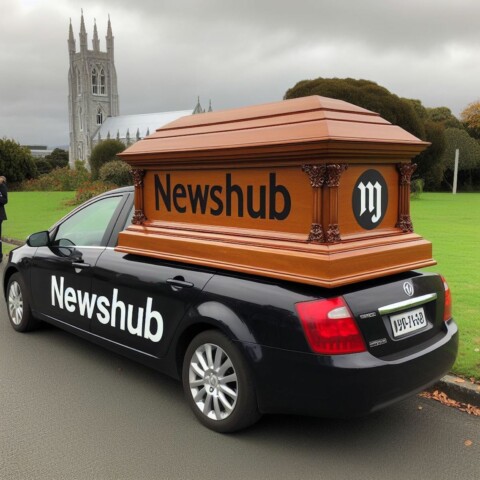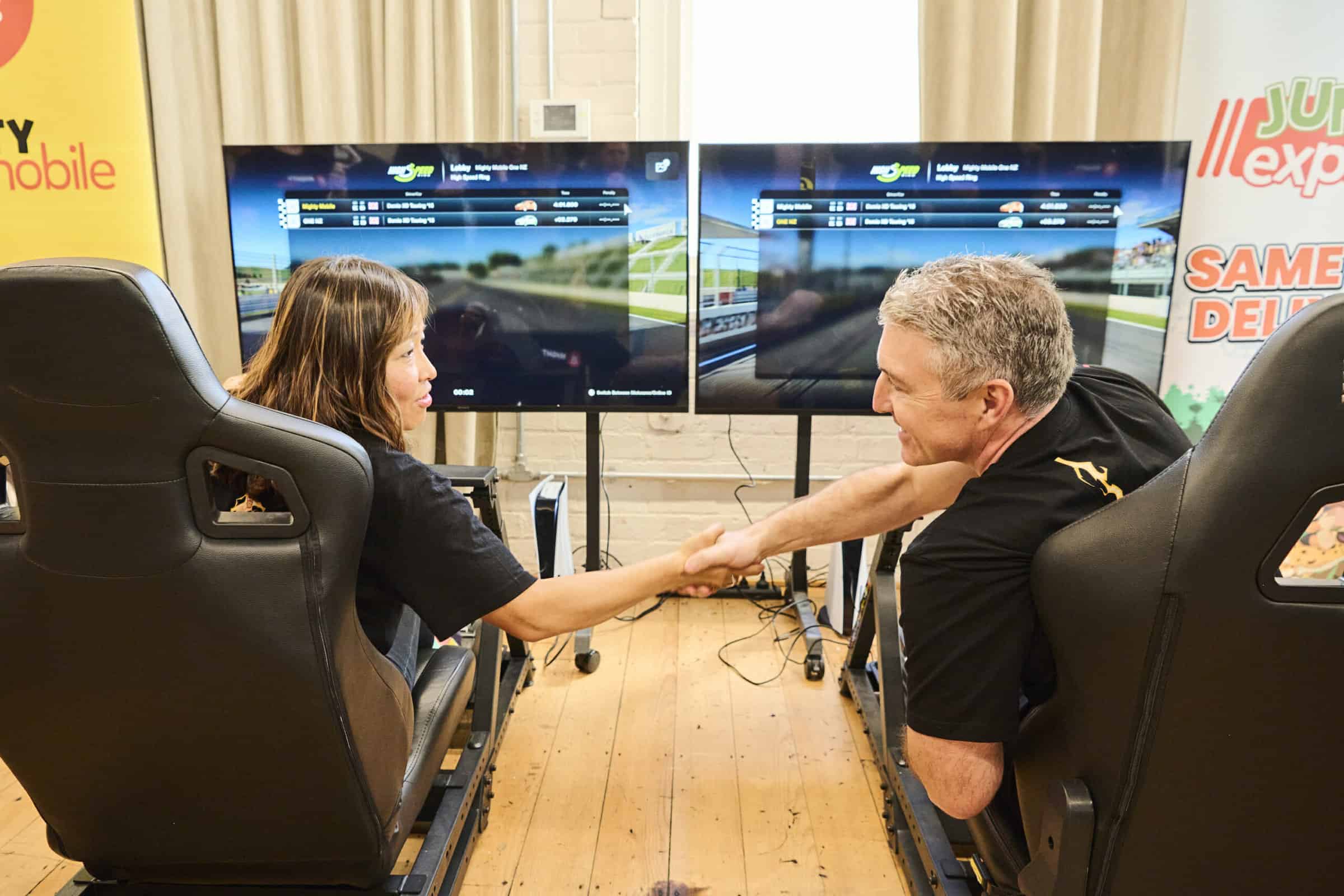TONIGHT HISTORY WAS made as the world’s first commercial rocket lifted off, carrying supplies for the International Space Station on a tail of flame from the Kennedy Space Centre in Florida, opening up a new era of commercial spaceflight.
SpaceX, which had secured a contract to re-supply the International Space Station now that NASA’s shuttle fleet has been retired, was the company behind the successful rocket launch. Atop the Falcon is the Dragon space craft, a capsule-like craft that’d be instantly recognisable to anyone familiar with the Mercury, Gemini and Apollo-era space missions. The Dragon is carrying 454kgs of supplies and is due to rendezvous later this week with the International Space Station.
Before tonight’s event, launching a manned vehicle into orbit was the exclusive domain of major governments, but now having demonstrated that they are able to safely launch a space vehicle into orbit, Space X have opened a new era in space exploration that could see space travel eventually paralleling the evolution of aviation.
This was, however, a very near thing. On their previous launch attempt on Saturday eastern US time, a launch computer aboard the Falcon rocket aborted the lift-off at the last possible minute as fuel pressures in one of the Falcons 5 engines exceeded critical levels.
Having successfully reached orbit, the real test for the men aboard the Dragon space craft will be on Thursday when it closes in on the International Space Station. Before docking with the International Space Station, the Dragon will undergo practice manoeuvres from a mile out. If the manoeuvring goes to plan, Dragon will then get the go-ahead from NASA to dock with the International Space Station.
SpaceX officials say that regular scheduled launches could be happening as soon as three to four years. Until then, the only means of getting into space for American astronauts involves riding Russian rockets. Injured national pride aside, the atmosphere at the launch centre was euphoric during the launch, as each milestone was safely reached – which given the sheer amount of money invested to date isn’t terribly surprising.
Billionaire founder Elon Musk, the co-creator of PayPal, and the Tesla electric car company, founded SpaceX 10 years ago and to date is understood to have poured vast sums of his own money into the company. NASA has also contributed $381 million and more than US$1 billion has been pumped into SpaceX so far.
Watching the launch live via NASA TV (ain’t streamed video over broadband a wonderful thing!) it was hard not to get excited. Aside from the sheer primal excitment of something as visceral as a rocket lifting off a launch pad, historic stuff indeed! PAT PILCHER
















